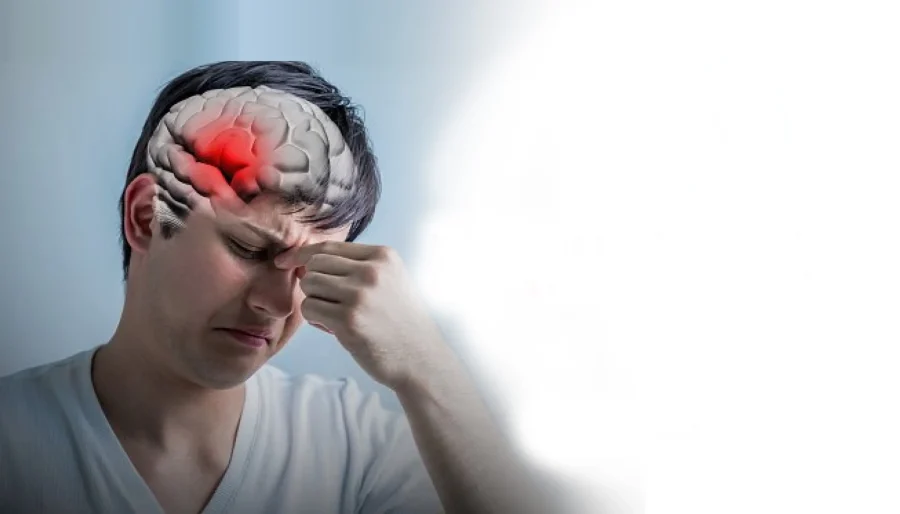A brain hemorrhage refers to bleeding in the brain. This medical condition is also known as a brain bleed or an intracranial hemorrhage. It is a medical emergency that requires immediate treatment.
The skull surrounds the brain, and any leaking blood from a hemorrhage can cause compression and damage to the brain tissues. If a blood vessel in the brain leaks or bursts and causes bleeding, a hemorrhagic stroke occurs. Compression from excessive bleeding may be so severe that oxygen rich blood is unable to flow to the brain tissue. A lack of oxygen in the brain can lead to swelling, or cerebral edema. Pooled blood from a bleed can also collect into a mass known as a hematoma. The extra pressure of this can prevent oxygen from reaching brain cells, which can result in their death. In this article, learn more about brain hemorrhage, its causes, how to recognize when one is occurring, and what to do. The effects of a brain hemorrhage vary within different age groups. Brain hemorrhages are most likely to occur in older adults. Most of the intracerebral hemorrhages that suddenly occur in children are due to anomalies in the blood vessels. Other possible causes include blood diseases, brain tumors, septicemia, or the use of alcohol or illicit drugs.
In infants, a brain hemorrhage can occur due to a birth injury or blunt force trauma to a woman’s abdomen when she is pregnant. Symptoms and some of the treatment options are very similar in adults and children. Treatment in children depends on the location of the hemorrhage as well as the severity of the case.
Stroke is the fifth leading cause of deathTrusted Source in the United States, according to the Centers for Disease Control and Prevention (CDC). Hemorrhages are more common in older adults, but they may also occur in children. According to the National Stroke Association, a stroke happens in about 1 in 4,000 live birthsTrusted Source. They are slightly more common in children under 2 years of age. Children typically recover from brain hemorrhages with better outcomes than adults as a child’s brain is still developing. A brain hemorrhage can cause a range of different symptoms. These symptoms may include sudden tingling, weakness, numbness, or paralysis of the face, arm.








